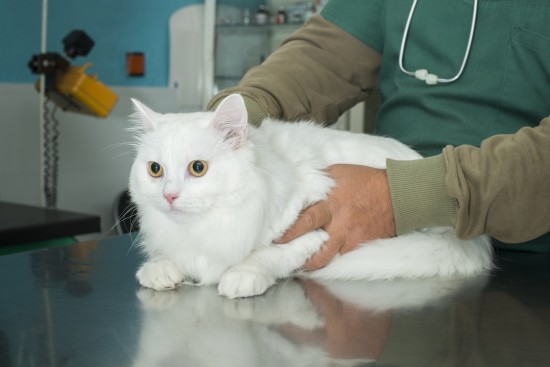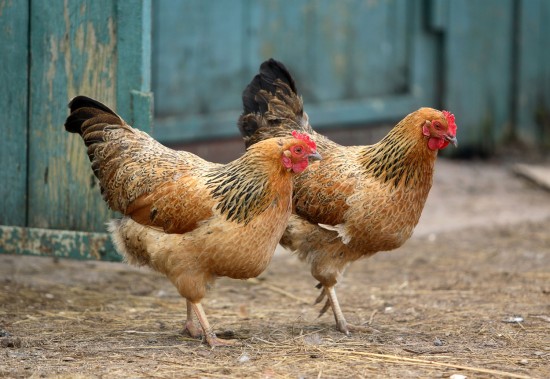

DNA tests are something that we most commonly associate with things like finding out the biological father of a child, collating crime scene evidence, or looking for the markers of hereditary health conditions. But DNA testing can also be used for a wide range of other things too, and something that is becoming more and more popular in both the UK and further afield is DNA testing for dogs.
DNA testing for dogs is often undertaken as part of the planned breeding of pedigree dogs, in order to identify the makers for certain hereditary health conditions, giving the breeder the opportunity to ensure that they select only healthy dogs to breed.
However, DNA testing for dogs is now so widely available and affordable that may dog owners use it to find out more about their dog’s ancestry and the breeds contained within them, particularly in the case of mixed breed dogs for whom their breed profile is uncertain.
So, what can DNA testing do for your dog, are the results reliable, and is it worth investing in? Read on to find out more.
DNA testing for dogs can be undertaken very simply; you purchase the services of one of the various laboratories that offers tests, pay the fee (usually between £100-£200) and get sent a swab kit through the mail. You use the kit to take a simple swab of the inside of your dog’s mouth, package this up and post it off to the company, and they return the results of the test to you.
Exactly what information is contained in the results of any test and how this information is presented can vary considerably from company to company, and so you should look into what each company offers before making a purchase.
Most home test kits marketed to dog owners rather than professional breeders are intended to tell you more about the variety of breeds that your dog has in their ancestry, and in what proportions, which is desirable to many owners who wonder what heritage led to their dog’s combination of appearance and temperament traits.
Finding out about the breeds that make up your dog can also give you a head start in predicting and preventing health issues, by giving you a basis from which to research the general health, longevity and hereditary issues faced by the breed.
DNA testing for dogs can also be used to identify colour traits, for instance, the presence of a blue merle gene which means that should the dog be mated to another dog with a blue merle gene, the pups may inherit some associated hereditary health problems along with it. It is also useful for the testing of certain breeds such as the Labrador retriever, as only by finding out about the colour genes present in each of the parent dogs can you predict the colour of the eventual puppies.
If you want to get your dog tested, simply Google for information on some of the companies that provide testing services, pick the one that best suits your needs, and sign up for a kit. All you need to do at home is take a cheek swab from your dog and return it, and then sit and wait for the results to come in!
How reliable the results of home DNA testing for dogs is is a matter of some debate. Some organisations and publications have performed blind studies by sending off DNA from dogs with a known ancestry to a variety of different labs, and comparing the results that they returned.
While in many cases, the results returned were repeated in each of the different sets of results, others varied considerably, and in some cases, returned results that were clearly, based on the known ancestry of the dogs, incorrect.
There are a variety of different reasons behind varying results, however, and not all of them can be attributed to the incompetence or failings of the testing companies. Some breeds of dog have a known history going back for many thousands of years, and over time, have been instrumental in the development of several other breeds, many of which bear little to no physical resemblance to the original breed.
For this reason, it is entirely possible and still accurate for a dog to return a partial ancestry of a certain breed that the owners know is not in their recent ancestry, and to which they bear no physical resemblance. Added to this, even if you know the breed or type of both of your dog’s parents, you cannot always be 100% sure that the dam of your dog did not potentially mate with another dog around the time of their planned mating, opening up the possibility of additional unexpected ancestry in the pups.
However, if your dog is, say, a Chihuahua and their results claim that they are 90% German shepherd, then you would most definitely have a good reason to complain!
If you need to guarantee the results of the DNA test as part of pedigree breeding or for other reasons, DNA sampling taken by your vet and sent off to a veterinary laboratory is the only way to do this, and this can be much more costly.
Getting the results of your dog’s DNA test can be both informative and possibly useful, particularly if they confirm something that you already expected or that is generally plausible when you look into it further. However, getting your dog tested for their breed makeup with a home kit should be regarded as potentially informative and interesting rather than as something to base your assumptions of your dog’s future health or care needs on, and you should always bear in mind the possibility of errors or failures in the testing process.
 More Information On The Chausie Cat Breed
More Information
More Information On The Chausie Cat Breed
More Information
 How To Make Visits To The Vet Less Stressful For Your Cat
How To Make Visit
How To Make Visits To The Vet Less Stressful For Your Cat
How To Make Visit
 How To Keep An Old English Sheepdogs Coat Looking Good
How To Keep An Ol
How To Keep An Old English Sheepdogs Coat Looking Good
How To Keep An Ol
 Six Tips For Keeping Pet Scorpions Happy And Healthy
Six Tips For Keep
Six Tips For Keeping Pet Scorpions Happy And Healthy
Six Tips For Keep
 Chickens - How To Keep Bugs At Bay
Chickens - How To
Chickens - How To Keep Bugs At Bay
Chickens - How To
Copyright © 2005-2016 Pet Information All Rights Reserved
Contact us: www162date@outlook.com